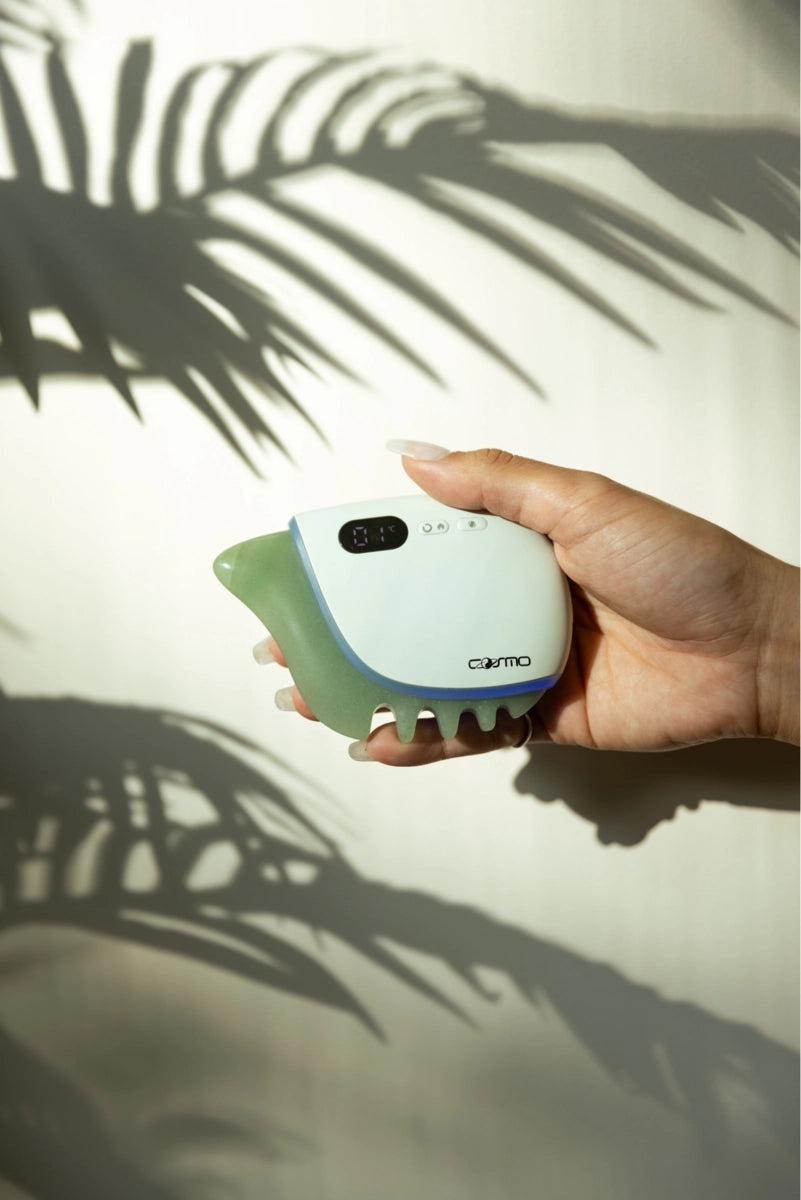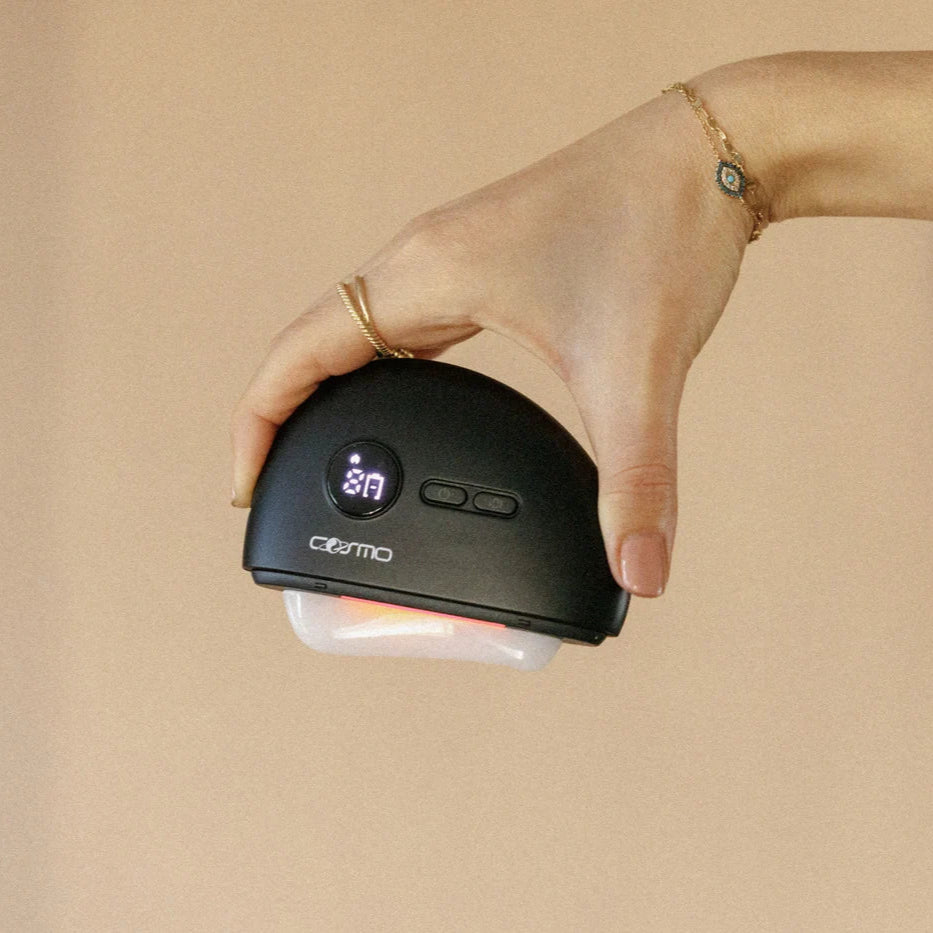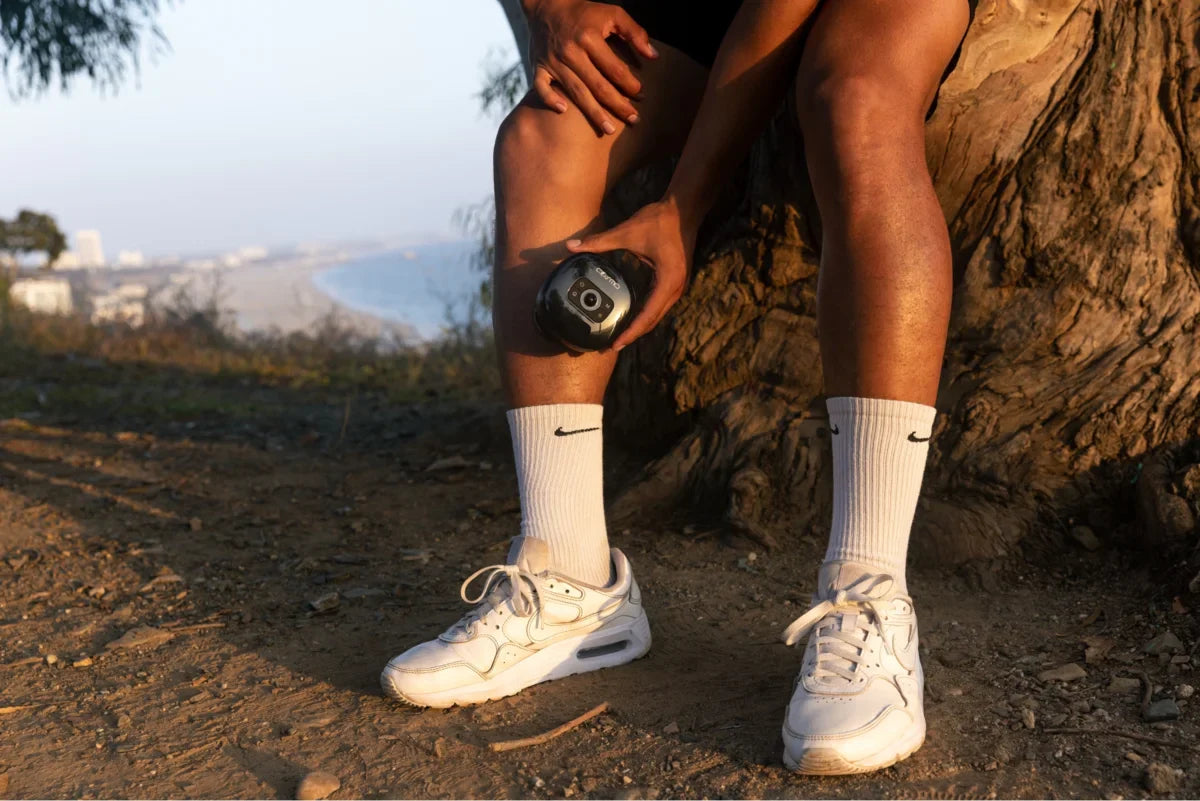Living with chronic fatigue often feels like running on empty. For many, persistent exhaustion comes hand-in-hand with achy muscles and stubborn pain that never entirely goes away. When traditional treatments fall short, it’s natural to seek holistic approaches. People are exploring fascia solutions for fatigue and tapping into the body’s connective tissue network for relief. Chronic Fatigue Syndrome (ME/CFS) in particular is a serious condition affecting up to 3.3 million Americans, and at least 25% of patients become housebound, with most never regaining their pre-illness level of health. Those numbers highlight just how challenging chronic fatigue can be. But here’s the hopeful part: by addressing the fascia and chronic pain underlying our aches and restrictions, we might unlock new pathways to healing and energy.

What is Fascia?
Fascia is often called the body’s “hidden highway.” It’s a continuous web of connective tissue that wraps around soft tissue structures. Every muscle, bone, organ, nerve, and blood vessel. If you picture an orange, the rind is like the thin white membrane that holds each juicy section. Modern anatomy describes a continuous web of fascia enveloping and linking all our muscles and organs. This fibrous network provides support and helps everything glide smoothly when we move.
Healthy fascia is flexible and well-hydrated, allowing your muscles to contract and release with ease. You might be wondering how fascia impacts fatigue on a physiological level. Fascia can also get tight, stuck, or “gritty” from injury, inactivity, or chronic stress. Imagine wearing a sweater that’s shrunk in the wash. Every movement tugs somewhere unexpected. Similarly, when fascia stiffens or forms adhesions, it restricts motion and can pinch nerves or blood vessels. The result? You feel stiff, sore, and tired. Fascia is the fabric that holds us together, and when it’s in trouble, we think it.
Fascia and Chronic Pain
If you’ve been grappling with long-term pain along with fatigue, fascia might be a missing puzzle piece. Fascia is loaded with nerve endings, so tight or damaged fascia can send pain signals just like an angry muscle can. In conditions like fibromyalgia or ME/CFS, widespread pain often accompanies the exhaustion. Ever wake up feeling like you ran a marathon in your sleep? That could be your fascia tightening during the night. Many people with chronic fatigue or fibromyalgia struggle to get deep, restorative sleep because of fascial restrictions. The fascia can become so tight that it presses on nerves and joints, preventing you from fully relaxing. These patients have difficulty getting rest because of fascial restrictions that have not been recognized or properly treated, often waking up more tired than when they went to bed. It’s a vicious cycle. Poor sleep leads to more fatigue and pain, which further tenses up the fascia.
Addressing fascia could be critical for breaking the cycle of pain and exhaustion. When your connective tissue is pliable and free of adhesions, your muscles don’t ache as much, and your joints move more easily. Less pain at night means better sleep, which means more energy by day. It’s all interconnected. So if you’re dealing with chronic pain alongside your fatigue, tending to your fascia might kill two birds with one stone. Relieving those deep tissue knots and tension patterns can dial down pain levels and give you a chance to truly rest, finally letting your body recharge.
Myofascial Release Benefits
One of the most direct ways to improve fascia health is through myofascial release. If you’re new to the term, myofascial release (MFR) is a hands-on therapy in which a trained practitioner uses gentle, sustained pressure on your fascia, like a very slow, targeted stretch or massage. The goal is to “release” tight spots and restore the fascia’s natural glide. So what are the myofascial release benefits for someone with chronic fatigue or pain? Firstly, pain reduction. By easing pressure off nerves and relaxing contracted muscles, MFR can significantly reduce aches and tenderness.
Another benefit is improved circulation and lymph flow. The slow stretching in MFR encourages blood to flow into tight areas, which delivers oxygen for soft tissue healing and carries away metabolic waste. For someone with chronic fatigue, these benefits add up to a higher baseline of energy. When your body isn’t fighting pain signals 24/7, it can devote energy to other things (like simply feeling awake). Also, the relaxation aspect shouldn’t be overlooked. MFR has a calming, almost meditative quality. Therapists often hold a fascial stretch for minutes until they feel the tissue “melt.” This gentle persistence can cue your nervous system to unwind, finally. People often leave a session feeling lighter, looser, and sometimes even emotionally released. Fascia therapy for fatigue recovery via myofascial release can address both physical and mental stress stored in your body.
Myofascial Self-Care Tips
These approachable methods not only prevent stiffness but also enhance circulation, reduce inflammation, and support long-term flexibility. Below are four essential strategies to help you nurture your fascia:
-
Stay Hydrated to Nourish Fascia: When dehydrated, fascia becomes rigid and prone to adhesions, reducing your range of motion. Drinking water throughout the day replenishes the extracellular matrix that allows tissues to glide freely. Herbal teas and electrolyte-rich beverages can further improve hydration levels. Foods high in water content, such as cucumbers and citrus fruits, also contribute to tissue pliability.
-
Incorporate Gentle, Mindful Movement: Practices like yoga, Pilates, and tai chi create slow, multidirectional motion that lengthens the fascia while promoting oxygen flow. Even short sessions of rolling the shoulders, bending, or performing neck circles counteract the stiffness caused by prolonged sitting. These small, intentional movements prevent the fascia from becoming “sticky” and maintain a smooth gliding action between muscle layers. Aim for a few minutes of stretching or mindful motion every morning and evening to sustain healthy flexibility.
-
Use Heat and Massage to Soften Tension: Applying heat to tense muscles can transform the texture of fascia, making it more pliable and easier to manipulate. Warm baths, showers, or heating pads enhance blood flow and relieve tightness in areas like the lower back and shoulders. Adding Epsom salts introduces magnesium, which supports muscle relaxation and cellular repair. Pairing heat therapy with gentle self-massage further dissolves adhesions and stimulates circulation. These simple rituals encourage relaxation while restoring the fascia’s natural elasticity.
-
Practice Deep Breathing and Body Awareness: Breathing deeply is an underrated yet powerful tool for fascial health. Each diaphragmatic breath expands and contracts tissues around the torso, subtly massaging the fascia from within. This rhythmic motion helps release internal tension while activating the vagus nerve, calming the nervous system, and promoting recovery. Incorporating mindfulness during breathing or stretching sessions strengthens your awareness of bodily sensations, allowing you to detect and address tightness early.
Nurturing habits restore balance to the body, reduce tension, and create a deep sense of physical ease that supports long-term mobility and well-being.

Mobility Tools for Fatigue Relief
There’s a whole world of at-home gadgets designed as body recovery tools for fascia and muscle release. You don’t need a fancy device to help your fascia, but some of these tools can make self-massage easier and more effective. One popular category is foam rollers. These are firm cylinders you can lie on and roll your muscles over, almost like rolling out dough. Foam rolling targets the fascia and muscles together, smoothing out tight spots. Regular foam rolling of the legs, back, or arms can reduce stiffness and improve circulation, which many people with fatigue find helpful. Another favorite: massage balls or lacrosse balls. By placing a small ball under a knotted area and applying pressure, you can perform a self-trigger-point release. It’s like your personal deep tissue massage therapist in a ball.
For more pinpoint fascial work, consider scraping tools. Gua Sha, for instance, is an ancient technique using a smooth-edged tool to scrape and stroke the skin. This might sound odd, but this fascia scraping tool technique increases circulation and breaks up fascia adhesions beneath the skin. Athletes and physical therapists also use stainless steel myofascial scraping tools (like Graston instruments) in a similar way to treat stubborn knots and scar tissue. Gua Sha is easy to do at home with a proper tool. Gentle pressure is key. Done right, it helps release muscle knots and fascia tightness, encouraging the release of metabolic wastes from tissues. Many folks find it both relaxing and invigorating, noticing less tension afterwards.
Cupping therapy kits are another tool making waves. Cupping involves suction cups placed on the skin to gently lift and separate fascia layers. You might have seen those circular red marks on an athlete’s back – that’s cupping. Home cupping sets use silicone cups or even smart electric cupping devices that you can easily apply yourself. By creating a vacuum on the skin, the cup pulls up the fascia and muscle, which can dramatically increase blood flow to tight areas and loosen adhesions. This can lead to improved flexibility and relief of deep muscle soreness. In fact, mobility tools for fatigue, like foam rollers and cupping devices, work by loosening tight fascia and muscles, thereby increasing joint flexibility and reducing stiffness. For someone dealing with fatigue, using these tools can mean you move with less effort and discomfort throughout the day.
Don’t forget simple aids like stretch straps and posture props that reduce strain on your fascia in the first place. When shopping, read reviews and start with basic tools first. You can always graduate to the higher-tech gadgets. The great thing is you can order fascia tools online easily these days, giving you affordable access to at-home treatment. Just remember: start slow and listen to your body. Five minutes with a foam roller or a quick Gua Sha routine a few times a week can be far more beneficial than an overly aggressive session that leaves you sore.
Embracing a Holistic Path to Recovery
Tackling chronic fatigue isn’t just about one magic pill or one therapy. It’s about nurturing your whole self back to balance. Fascia-focused strategies are one piece of that holistic puzzle. By caring for this connective tissue web, you’re essentially improving the “infrastructure” of your body. Blood flows better, nerves communicate clearly, and movement feels easier. Over time, this can translate to feeling a bit more alive in your own body. It’s important to set realistic expectations: healing chronic fatigue with fascia techniques is usually a gradual journey, not an instant fix. You might start to notice small wins. Sleeping more soundly, having a tad more stamina, waking up with fewer body aches. They are signs that your body is responding and recovering.

Frequently Asked Questions (FAQs)
Q: What exactly does fascia have to do with feeling fatigued?
A: Fascia can impact energy levels more than you’d think. Tight or unhealthy fascia restricts blood flow and ramps up tension in the body, which can make you feel sluggish and achy.
Q: Can fascia-focused therapies cure chronic fatigue syndrome (ME/CFS)?
A: Fascia therapies are not a cure for a complex illness like ME/CFS, but they may help manage and improve certain symptoms. Chronic fatigue syndrome involves multiple systems, so no single treatment is a magic bullet. However, many people with CFS or chronic fatigue report that myofascial release, gentle yoga, or massage therapy leads to less pain and slightly better daily function
Q: How often should I do myofascial release or use fascia tools?
A: It depends on your body and which techniques you’re using. For general maintenance, a few times a week, doing some form of fascia release is a good start. You might foam roll or stretch on most days, and perhaps get a professional myofascial release session once or twice a month. If you’re very sensitive or just starting out, even 1-2 times a week can be beneficial. Pay attention to how you feel the next day – a bit of soreness is okay, but if you feel very drained or in pain, scale back. Consistency is more important than intensity. Gentle daily stretching and the occasional deeper session tend to yield better results than rare, very intense sessions that could overtax you.
Q: Are there any risks to working on my fascia by myself?
A: Generally, gentle fascia techniques are quite safe, but a few precautions help. If you’re using tools like cups or Gua Sha, avoid bruising yourself. Use light pressure, especially if you have sensitive skin or bleed easily. Never place a tool over an open wound, varicose vein, or swollen/infected area. With foam rolling or stretching, avoid jamming into joints or pressing directly on bones or nerves (for example, don’t press hard on the front of your neck). If you have a condition like Ehlers-Danlos syndrome or severe osteoporosis, consult a healthcare provider before aggressive fascia work. And importantly, listen to pain signals: moderate discomfort can happen with tight fascia release, but sharp pain is a red light to stop. When in doubt, working with a physical therapist or massage therapist to learn safe techniques can build your confidence for at-home care.
Q: How long does it take to see improvements in fatigue after starting fascia therapy?
A: This really varies from person to person. Some people notice immediate benefits, which can translate into better energy the next day. For others, the changes are very gradual. You might need a few weeks of regular practice before you realize you’re moving more easily or sleeping more soundly. Keep in mind improvements might come in small increments, not big leaps. Track subtle changes: maybe you crashed on the couch one less time this week, or you woke up without that sharp neck pain.
Sources:
-
National Institutes of Health – About ME/CFS (Chronic Fatigue Syndrome) nih.gov
-
Cosmo Wellness Blog – Meridian-Fascia Alignment Explaine cosmo.la
-
Massage Magazine – Myofascial Release for Fibromyalgia & Chronic Fatigue massagemag.com
-
The Fascia Institute – Brain Fog and Fascia: Impact on Mental Clarity fasciainstitute.org












